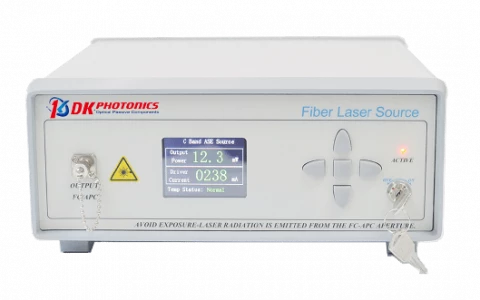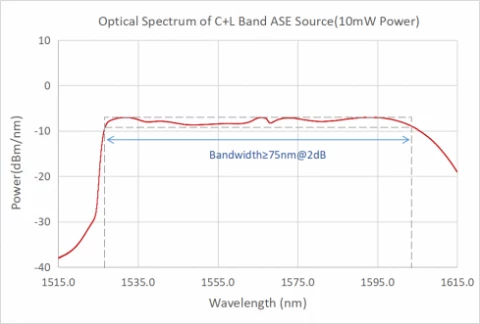Description
C+L band ASE Broadband Light Source adopts the erbium-doped optical fiber spectral flatness technology, and has a high output power, the working wavelength covers the C+L-band, and is suitable for applications such as optical fiber sensing. Can provide communication interface and host computer software to facilitate the monitoring of the state of the light source.
C, L band ASE Broadband Light Source
Specifications
| Bandwidth: | 75 nm |
|---|---|
| Center Wavelength: | 1565.5 nm |
| Output Power: | 10 mW |
| Polarization: | Not Specified |
| Wavelength Range: | 1528-1603 nm |
| Output Power Options: | 10/20/50/100 mW |
| Power Adjustment (optional): | 10% - 100% |
| Spectral Flatness: | 2 dB (Typ.), 3 dB (Max.) |
| Output Isolation: | >35 dB |
| Short-Term Stability (15 Minutes): | ≤ ±0.02 dB |
| Long-Term Stability (8 Hours): | ≤ ±0.05 dB |
| Degree Of Polarization: | ≤ 0.2 |
| Fiber Type: | SMF-28 |
| Optical Connector: | FC/APC |
Features
- Power Stability
- Spectral Flatness
- Remote Monitoring
Applications
- Fiber Sensor
- Medical Imaging
- Passive Optical Components Test
Frequently Asked Questions
What is the working wavelength range of the C+L band ASE Broadband Light Source?
The working wavelength range of the C+L band ASE Broadband Light Source covers the C+L-band, which is from 1528nm to 1603nm.
What are the key features of the C+L band ASE Broadband Light Source?
The key features of the C+L band ASE Broadband Light Source include power stability, spectral flatness, and remote monitoring.
What applications is the C+L band ASE Broadband Light Source suitable for?
The C+L band ASE Broadband Light Source is suitable for applications such as fiber sensing, fiber sensor, medical imaging, and passive optical components test.
Does the C+L band ASE Broadband Light Source come with communication interface and host computer software?
Yes, the C+L band ASE Broadband Light Source provides a communication interface and host computer software to facilitate the monitoring of the state of the light source.
What is the power stability of the C+L band ASE Broadband Light Source?
The power stability of the C+L band ASE Broadband Light Source is within ±0.02 dB for short-term stability (15 minutes) and within ±0.05 dB for long-term stability (8 hours).
Similar Products

1780~2000nm ASE Broadband Light Source
Shenzhen Box Optronics Technology Co.,Ltd.
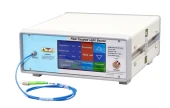
1567~1603 nm L-band ASE Broadband Light Source
Shenzhen Box Optronics Technology Co.,Ltd.

1528~1563nm C-band ASE Broadband Light Source
Shenzhen Box Optronics Technology Co.,Ltd.

840nm SLD Broadband Light Source
Shenzhen Box Optronics Technology Co.,Ltd.
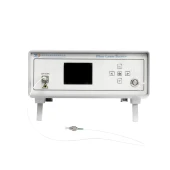
ASE Broadband Light Source C+L Band
Sichuan Ziguan Photonics Technology co.,Ltd
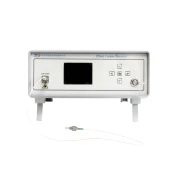
1060nm ASE Broadband Light Source – Available in 10 mW, 20 mW, 100 mW, and 200 mW Output Options
Sichuan Ziguan Photonics Technology co.,Ltd
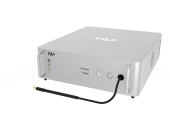
Horizon - FYLA Fiber Laser
FYLA LASER SL

ROF directly modulated laser DML Laser Module ASE Laser SLD Laser Light Source
Beijing Rofea Optoelectronics Co,. Ltd.
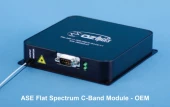
ASE Flat Spectrum C-Band Module - OEM
OZ Optics
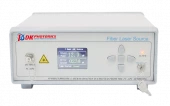
L-Band Tunable Fiber Laser
DK Photonics
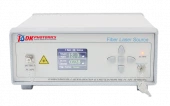
L Band ASE Broadband Light Source
DK Photonics
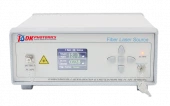
DK Photonics C+L band ASE Broadband Light Source
DK Photonics
Thank You!
Your inquiry has been received.
Create an account by adding a password
Why create an account?
- Auto-complete inquiry forms
- View and manage all your past messages
- Save products to your favorites
- Close your account anytime — no hassle
